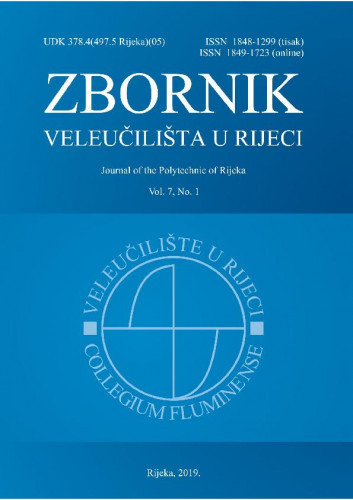Personal consumption is the largest macroeconomic aggregate with a large impact on economic trends and a share of GDP of about 60%. The aim of this paper was to determine whether there are significant differences in the movement and structure of personal consumption in Croatia and the two new EU members - the Czech Republic and Romania and to establish patterns of changes in personal consumption in the named countries. The analysis confirmed a strong correlation between personal consumption and GDP, and this correlation is stronger in Romania, where the direction of these two rates of change almost coincides. The previous confirms personal consumption as an important category to be taken into account when adopting macroeconomic policies. The analysis, also, showed that the share of personal consumption in GDP is the smallest in the Czech Republic, suggesting that there are some other Czech economy drivers, primarily investment and net exports. Given that the Czech Republic and Croatia are small and open economies comparable to the level of development, and considering that the Czech economy growth is considerably higher than in Croatia, it can be concluded that the model of economic growth in the Czech Republic is better and more sustainable in the long run. The model of economic growth relying on personal consumption as a generator of aggregate demand is not a model that can ensure sustainable GDP growth in Croatia, especially in terms of population decrease. It is, therefore, necessary to provide a stimulating institutional framework for the growth of domestic and foreign investments and greater export orientation.; Osobna potrošnja najveći je makroekonomski agregat s velikim utjecajem na ekonomska kretanja i udjelom u BDP-u od oko 60 %. Cilj rada bio je utvrditi postoje li značajne razlike u kretanju i strukturi osobne potrošnje u Hrvatskoj i dvjema novim članicama EU-a, Češkoj i Rumunjskoj, te utvrditi obrasce promjena osobne potrošnje u promatranim državama. Analiza je potvrdila snažnu povezanost osobne potrošnje i BDP-a, a ta je veza donekle snažnija kod Rumunjske, gdje se smjer stopa promjena gotovo podudara. Navedeno potvrđuje osobnu potrošnju kao važnu kategoriju o kojoj treba voditi računa kod donošenja makroekonomskih politika. Analiza je također pokazala da je udio osobne potrošnje u BDP-u najmanji u Češkoj, što ukazuje na zaključak da postoje neki drugi pokretači češkog gospodarstva, prvenstveno investicije i neto izvoz. S obzirom na to da su Češka i Hrvatska male otvorene ekonomije koje su usporedive i po dostignutom stupnju razvoja, a imajući u vidu češki gospodarski rast koji je znatno viši nego u Hrvatskoj, može se zaključiti da je model gospodarskog rasta u Češkoj bolji i dugoročno održiviji. Oslanjanje gospodarskog rasta na osobnu potrošnju kao generator agregatne potražnje nije model koji može osigurati održiv rast BDP-a u Hrvatskoj, pogotovo u uvjetima smanjenja broja stanovnika. Stoga je nužno osigurati poticajan institucijski okvir za rast domaćih i inozemnih investicija te veću izvoznu orijentaciju.
Sažetak

 Zbornik Veleučilišta u Rijeci : 7,1(2019) / glavni i odgovorni urednik, editor-in-chief Saša Hirnig.
Zbornik Veleučilišta u Rijeci : 7,1(2019) / glavni i odgovorni urednik, editor-in-chief Saša Hirnig.